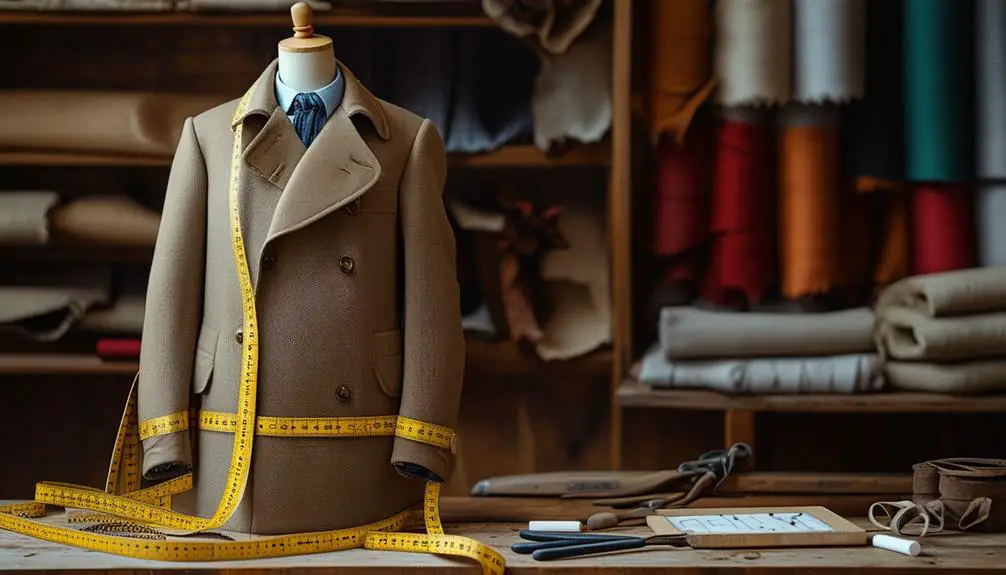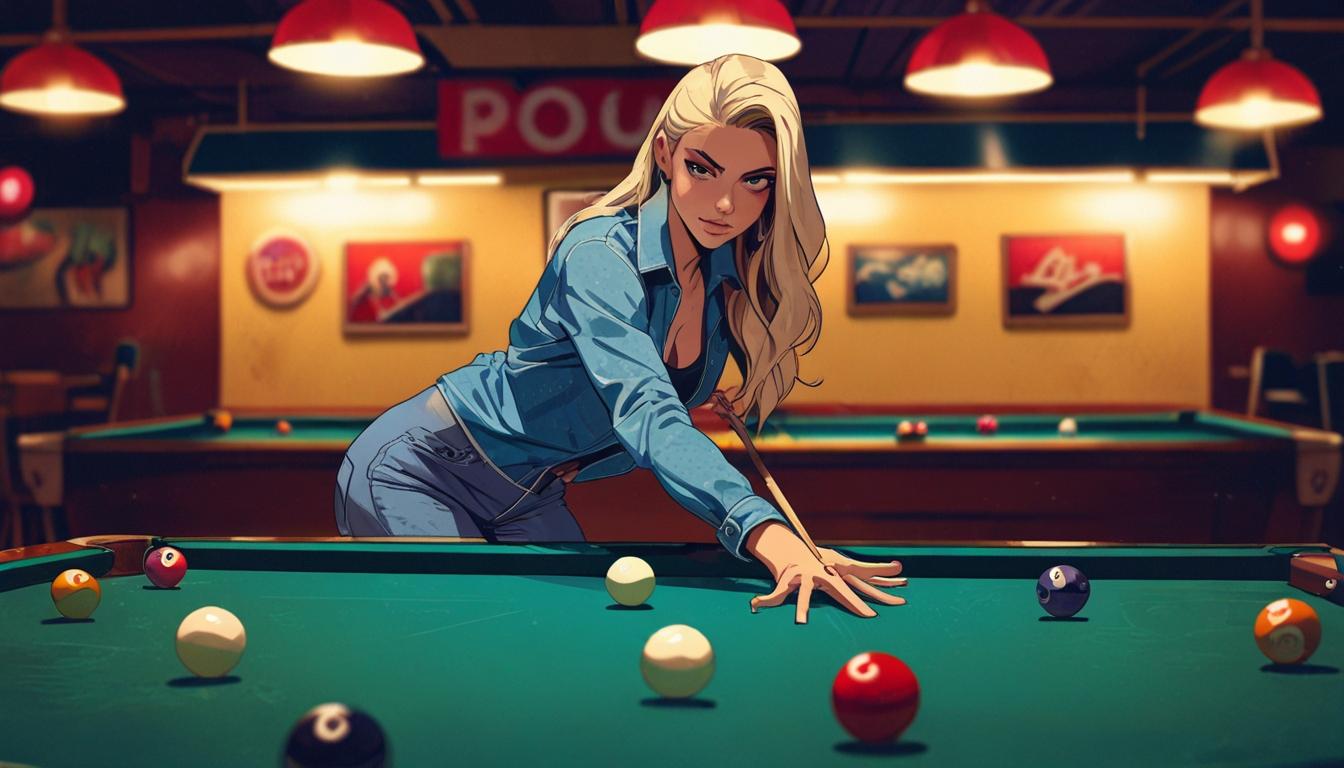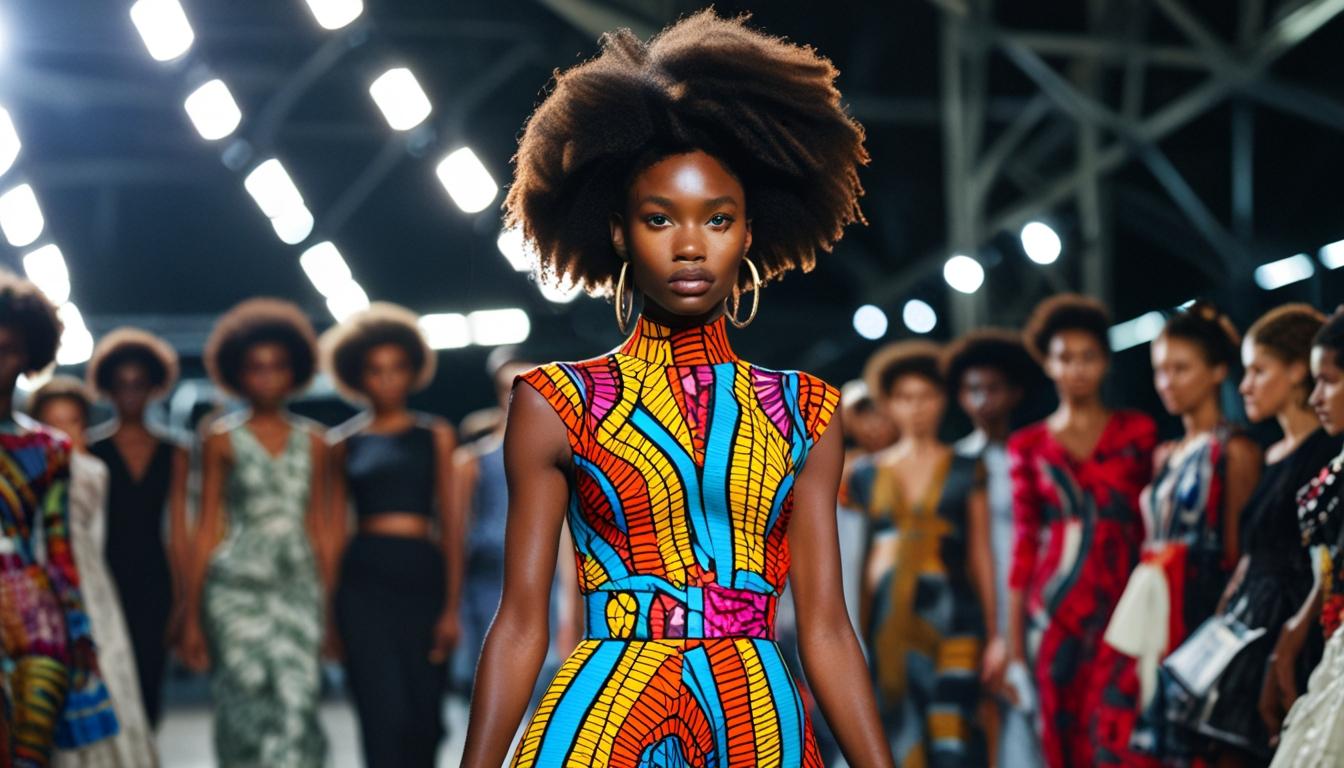To tailor a vintage overcoat, start by evaluating the fit, focusing on the shoulders, sleeves, and overall length. Measure where you want adjustments and consider how it will layer over outfits. For sleeves, mark and shorten as needed, while waist suppression can help create a flattering shape. Handle the collar carefully, ensuring you maintain its vintage appeal. Look for skilled tailors experienced with vintage garments, as preserving integrity is vital. Communicate your vision clearly for the best results. If you seek detailed techniques and tips, there's more to explore that will enhance your tailoring skills.
Assessing Overcoat Fit
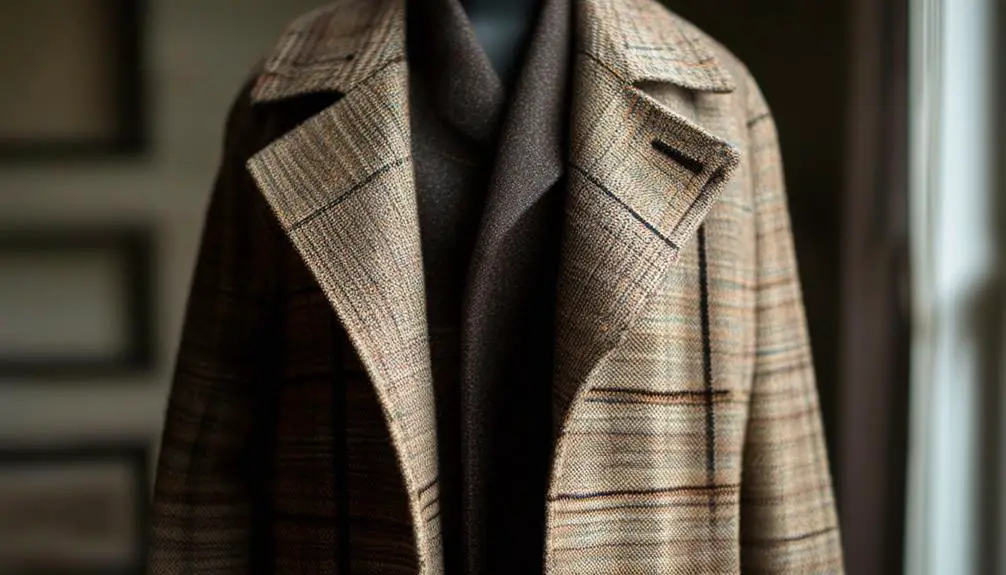
When you slip on a vintage overcoat, the fit at the shoulders is your first priority; it's the foundation of a polished silhouette. A well-fitting shoulder area guarantees that the coat drapes elegantly, enhancing your overall appearance. Unlike other parts of the coat, the shoulders fit can be challenging to alter effectively, so getting it right is essential.
Additionally, vintage clothing often reflects unique design elements from specific eras, making it important to verify that the overcoat aligns with your desired aesthetic while maintaining authenticity, as seen in vintage clothing trends by era.
As you assess the fit, make certain the coat allows for layering underneath. A snug fit might restrict your movement and comfort, especially in colder weather when you want to wear thicker garments. If you typically wear a size 38, don't shy away from trying a size 40; that extra room can make all the difference without being visually noticeable.
Pay attention to the coat's length as well. Ideally, it should fall below the knee, which maintains a classic look while enhancing your stature.
To confirm the overcoat meets your style needs, try it on with the outfits you plan to wear it with. A local tailor can help make any necessary adjustments, guaranteeing your vintage find looks tailor-made just for you.
Common Alteration Techniques
Tailoring a vintage overcoat can breathe new life into a cherished piece, ensuring it fits like it was made just for you. Various alteration techniques can help achieve this perfect fit, especially when dealing with vintage styles that may require special attention to their unique characteristics.
For instance, when identifying vintage garments, look for original tags and labels from the 1950s to the 1980s, which can also help inform your tailoring decisions identifying vintage Betty Barclay.
One common method is shoulder adjustments, where a tailor can add or remove padding to enhance the coat's silhouette without compromising its overall structure.
Another straightforward alteration is sleeve shortening. Your tailor will mark the desired length, cut the excess, and hem the sleeves for a polished finish.
If you want a more fitted look, waist suppression is ideal. This involves taking in the side seams to create a shape that flatters your figure.
Length adjustments are also essential. Your tailor will measure the desired hemline, cut the fabric, and create a new hem to maintain the coat's proportions.
Finally, reshaping the collar can elevate the overall design. A tailor can remove fabric and resew it, resulting in a flattering neckline that aligns with your preferences while preserving the coat's vintage charm.
Each of these alteration techniques allows you to personalize your overcoat, making it uniquely yours.
Tailoring Wool Coats
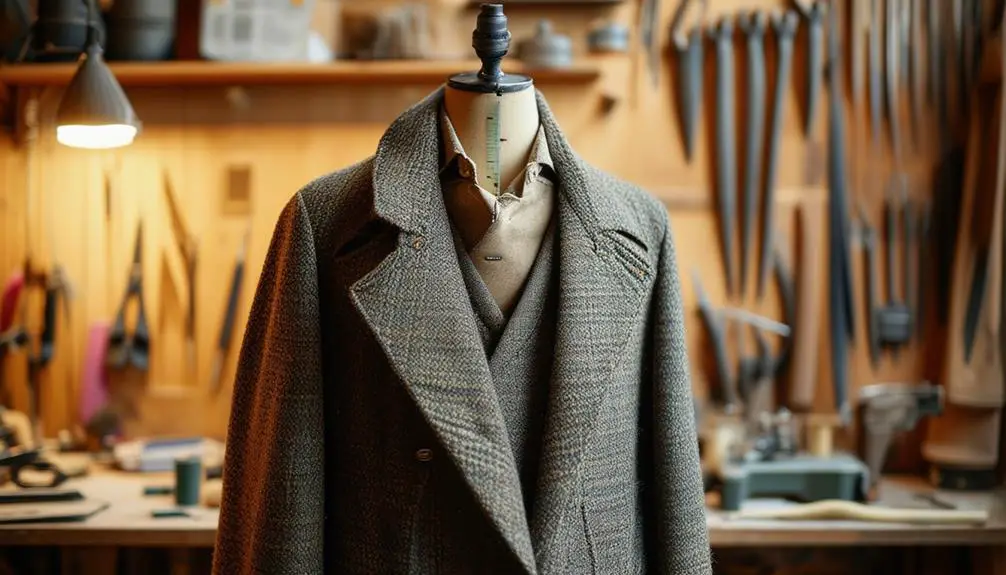
Vintage overcoats often require specific alterations to confirm they fit beautifully, and wool coats are no exception. With their natural insulating properties, wool coats provide superior warmth, making it essential to confirm a proper fit. An ill-fitting coat can let cold air in, undermining its effectiveness.
To tailor your experience, consider these common alterations for your wool coat:
- Resizing: Open the lining, pin it to your measurements, and resew the seams for a custom fit.
- Length adjustment: Mark the desired length, creating a new hem that complements your style.
- Sleeve adjustments: Shorten sleeves by cutting and resewing for a polished look.
Proper adjustments not only enhance the comfort and wearability of your wool coat but also improve its overall style and silhouette.
By focusing on these details, you'll confirm your vintage piece keeps you logged in to warmth and sophistication all winter long. Investing time in tailoring your wool coat confirms you'll sport a well-fitted garment that turns heads while keeping you cozy.
Don't hesitate to consult a skilled tailor to achieve the best results!
Managing Sleeve Length
Although managing sleeve length might seem like a minor detail, it can dramatically impact the overall look of your vintage overcoat. When the sleeves are too long, they can overwhelm your frame and detract from the coat's elegance. To achieve the perfect fit, consult a skilled tailor who understands the nuances of vintage styles.
Typically, the tailor will mark your desired sleeve length with chalk, cutting the sleeves to match the new measurement. They'll then hem them for a clean finish, guaranteeing the original design elements remain intact.
Keep in mind that altering sleeve length usually costs less than more complex adjustments, generally ranging from $15 to $30.
If you're worried about losing the coat's aesthetic, ask your tailor about adjusting the cuff style as well. This way, you can maintain the vintage charm while achieving the right fit.
For the best results, remember to bring the outfit you'll wear underneath the overcoat during your fitting. This guarantees accurate sleeve length adjustments, leaving you with a polished, tailored look that showcases your unique vintage piece beautifully.
Adjusting Collar Styles
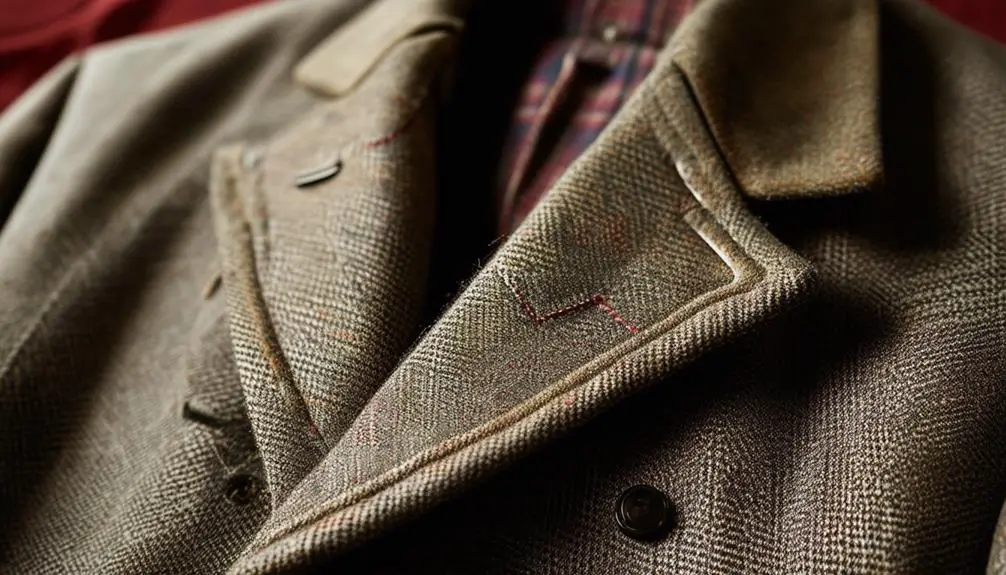
A well-shaped collar can elevate the entire look of your overcoat, adding a touch of sophistication that ties together the garment's vintage charm. When adjusting collar styles on your vintage overcoat, it's vital to maintain the integrity of its original design.
You'll want to reflect on the following:
- Reshaping: Removing excess fabric and resewing the collar can create a silhouette that complements the coat's overall aesthetic. Understanding the era of your garment can also help guide your design choices, as different periods favored distinct collar shapes and styles. For more insights on vintage label history, refer to expert resources that explore the evolution of fashion trends over the decades.
- Reinforcement: Adding interfacing helps to reinforce the collar's structure, guaranteeing it retains a polished appearance after the adjustment.
- Historical Reflection: Be mindful not to alter the collar too drastically, as this can detract from the vintage authenticity and charm of your coat.
Communicating your specific preferences to a tailor is significant.
Whether you desire a more rounded or pointed collar, confirm the new design aligns with the coat's original fabric and intended use.
With thoughtful adjustments, you can enhance the vintage overcoat's appeal, turning it into a tailored masterpiece that reflects your personal style while honoring its historical roots.
Cost of Alterations
When you decide to enhance the collar of your vintage overcoat, it's important to contemplate the costs associated with the alterations. The cost of alterations can vary greatly based on the complexity of the changes you want.
For simple modifications like sleeve shortening, you're looking at around $20 to $30. However, if you're considering more intricate alterations, such as resizing or waist suppression, the price can jump to between $40 and $100. Experienced tailors typically charge about $65 for substantial adjustments.
Keep in mind that the type of fabric also influences the overall cost. High-quality fabrics, such as wool or wool/cashmere blends, may require more careful handling, potentially increasing your expenses.
It's wise to budget accordingly, weighing the cost of alterations against the value of your vintage overcoat.
While free online quotes can give you a ballpark figure, an in-person consultation is often necessary for an accurate assessment of fit and required changes.
Finding the Right Tailor
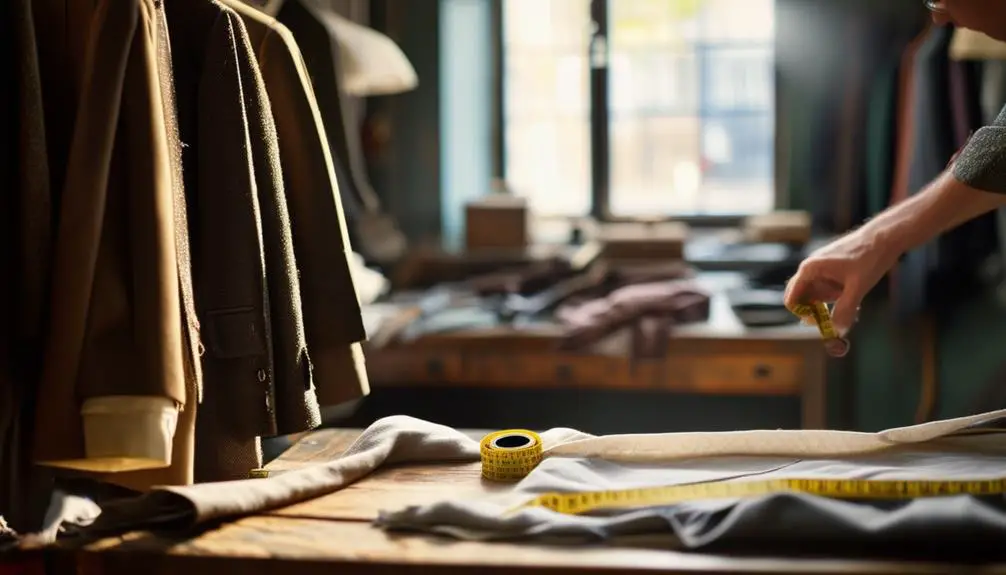
Finding the right tailor for your vintage overcoat can make all the difference in achieving that perfect fit and style. Look for local establishments renowned for their expertise with vintage garments. Experienced tailors understand the delicate alterations required to maintain the coat's integrity.
When searching for the ideal tailor, consider these key points:
- Reputation: Prioritize tailors known for handling vintage pieces, as they'll likely have the skills needed for proper alterations.
- Consultations: Don't hesitate to reach out to multiple tailors for initial consultations. This gives you insight into their expertise and approach.
- Specialization: Seek tailors who specialize in custom alterations, guaranteeing personalized service tailored to your unique garment.
Building a relationship with your chosen tailor can be immensely beneficial. They'll not only offer tailored advice but also assist with adjustments for future pieces in your wardrobe.
Always communicate your vision clearly, perhaps by bringing along sketches or examples. This helps guarantee they grasp your desired style and fit adjustments, making the process smoother and more effective.
With the right tailor, your vintage overcoat will feel like it was made just for you.
Maintaining Vintage Integrity
Preserving the vintage integrity of your overcoat is vital for maintaining its charm and authenticity. When you tailor a vintage piece, you want to make certain to keep its original seams and construction intact.
Avoid significant alterations that could change the coat's silhouette—this can detract from its unique character and historical value. Instead, focus on subtle adjustments. For instance, keeping the shoulders intact while adjusting the waist can help you achieve a better fit without compromising the coat's original style.
It's important to consult with a tailor who specializes in vintage garments, as they'll understand how to respect the craftsmanship and design features that make your overcoat special.
Before any alterations, document the coat's original features. This reference won't only guide your tailor but also help preserve the unique characteristics that define your vintage find.
Frequently Asked Questions
Can an Overcoat Be Tailored?
Yes, you can tailor an overcoat. Skilled tailors can adjust the fit by reducing the body, shortening sleeves, or modifying shoulders. Investing in these alterations improves comfort and enhances the garment's longevity, especially with quality fabrics.
How to Make an Old Coat Look New?
To make your old coat look new, consider professional cleaning, updating buttons, tailoring the fit, adding a fresh lining, and making minor alterations. These steps breathe life into your coat while maintaining its unique character.
How to Alter a Coat to Make It Smaller?
To alter a coat smaller, you'll need to open the lining, pin it to your desired size, and resew the seams. Focus on the waist and sides, ensuring a tailored, snug fit.
Can You Tailor a Coat up a Size?
You can tailor a coat up a size, but it's tricky. A skilled tailor might need to open seams, adjust the lining, or even add fabric. Always consult before starting to avoid costly mistakes!
